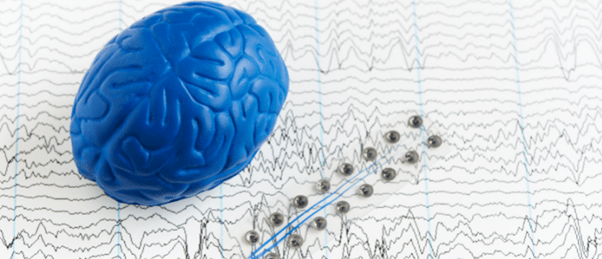Biodegradable brain implants (dis)solve the need for risky implant removal surgery

A novel biodegradable brain implant can harmlessly dissolve into the body after monitoring the brain chemistry of mice, removing the need for implant removal surgery.
By developing a biodegradable wireless sensor, Larry Chen’s team from The Pennsylvania State University (PA, USA) in collaboration with several Republic of Korea institutes, provide a cutting edge method to monitor brain chemistry, without requiring invasive surgery to remove the sensor after analysis.
Dopamine levels are often altered in neurodegenerative conditions and a sensor to monitor this neurotransmitter would provide valuable clinical insight for studying these diseases. Chen’s silicon-based implant dynamically monitors dopamine levels, alongside the pH, temperature and electrophysiology.
Cheng explains: “I think people in the past have been looking at a lot of the other parameters in [the] form of temperature, or fever, or sweating, among others. These related parameters can be very helpful when we don’t have the direct measurement, but if we can have the direct measurement of this neurotransmitter at the target location, and in real time, that can be certainly more direct and even more helpful, because information can sometimes be very challenging to infer based on those other parameters.”
 Dopamine: it’s a force of habit
Dopamine: it’s a force of habit
An unknown neural mechanism involved in habit formation has been uncovered using a novel test, custom-designed for rats.
This sensor is a silicon-based device made from atomically thin transition-metal dichalcogenide semiconductors and is only 14 millimeters – not much longer than a fingernail! The research group was able to create a bioresorbable implant, which naturally degrades and is absorbed by the body, whilst maintaining its electrical and electrochemical properties.
In Chen’s study, there were no signs that this resorption caused harm in the mice who received the implant. Additionally, by being biodegradable, the implant circumvents the need to perform further surgery to remove the implant after the dopamine levels have been monitored.
In vivo comparisons between the biodegradable implant and carbon-fiber electrodes demonstrated the potential of this implant for clinical monitoring of neurodegenerative disease in humans.
Further research will be needed to design sensors to monitor other factors in the brain, and there is still much to uncover from using it in animal models. “Some of the potential treatment options may first be available in animal studies where the implant could help scientists initially evaluate how a disease progresses, how a patient recovers from a treatment and how effective that treatment is,” speculated Cheng. “So, the implant can be very helpful to simply use in an animal model to better investigate these questions.”





